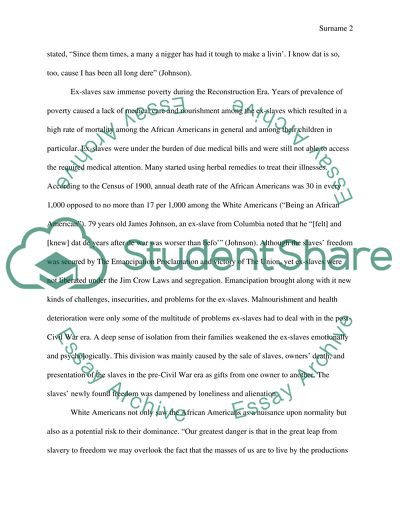Cite this document
(“Life for African Americans in the United States after slavery was Essay”, n.d.)
Retrieved from https://studentshare.org/history/1498567-life-for-african-americans-in-the-united-states
Retrieved from https://studentshare.org/history/1498567-life-for-african-americans-in-the-united-states
(Life for African Americans in the United States After Slavery Was Essay)
https://studentshare.org/history/1498567-life-for-african-americans-in-the-united-states.
https://studentshare.org/history/1498567-life-for-african-americans-in-the-united-states.
“Life for African Americans in the United States After Slavery Was Essay”, n.d. https://studentshare.org/history/1498567-life-for-african-americans-in-the-united-states.


